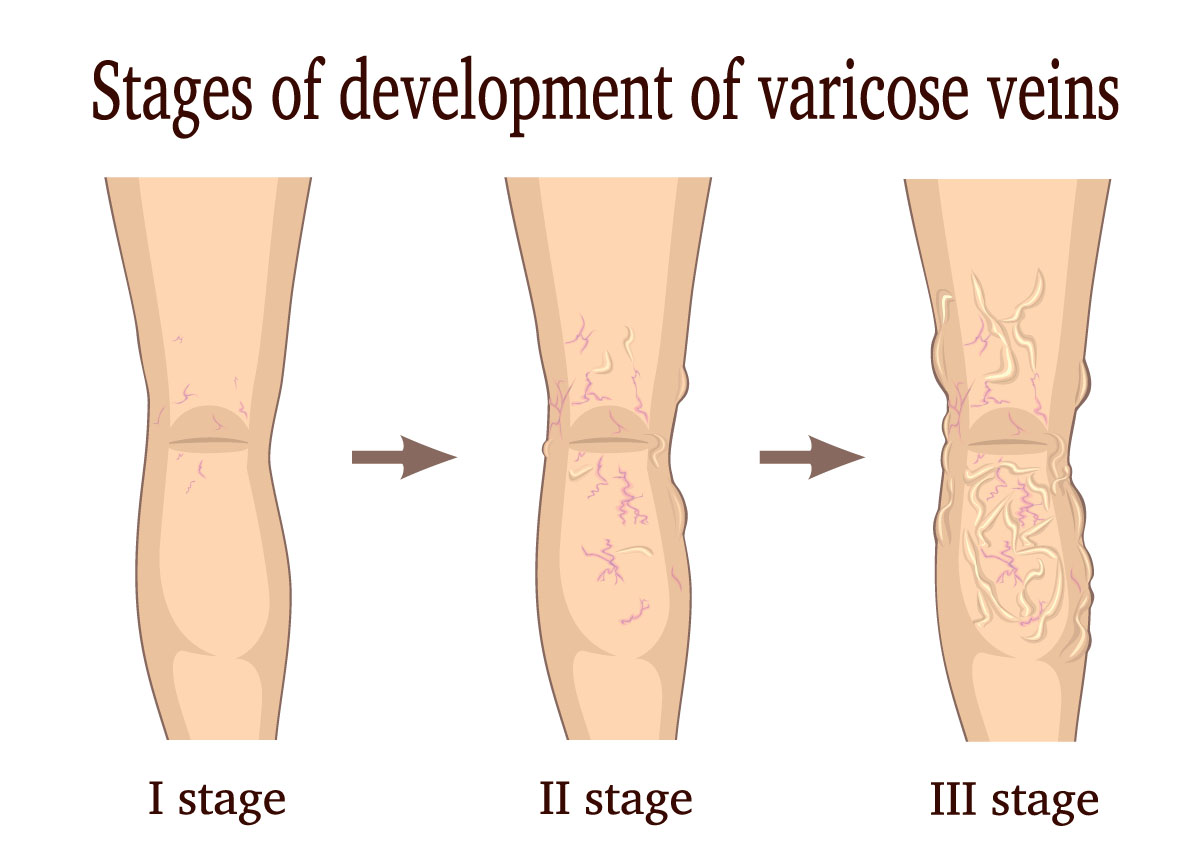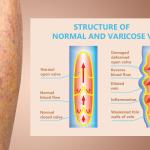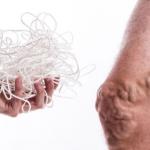
The Cause of Skin Discoloration
If you have varicose veins or vein disease, have you ever asked yourself, “What is the cause of skin discoloration?”
USA Vein Clinics has the answers you’re looking for.
Venous insufficiency can harden the soft skin tissues found in the lower region of the legs. This condition is medically known as lipodermatosclerosis. Changes in the texture or color of the skin, especially near the legs and ankles, should be closely monitored, especially for those already at risk. Some may even experience skin hardening or extreme dryness – these symptoms typically originate when veins aren’t treated early on.
What Do the Skin Changes Look Like?
If you have vein disease, or if you are at high risk for developing it, its important to pay close attention to the visual appearance of your legs. There are also conditions like Stasis dermatitis that can cause itching, burning, and excessively dry skin. The following photo includes some of the skin changes you can expect to see if affected by vein disease or varicose veins.
Venous insufficiency can harden the soft skin tissues found in your leg’s; this condition is lipodermatosclerosis. The cause of skin discoloration can be any change in your skin’s texture or pigmentation is an external sign of an underlying vein condition such as varicose veins. Some people experience hardening of the skin, or extreme dryness – these symptoms typically originate when veins aren’t treated early on. Discoloration, venous ulcers, and other skin disorders are more likely to be inflicted on those who are already showing vein-specific symptoms in their leg; these symptoms include discomfort, chronic pain, cramps, heaviness, and swelling.
Now, let’s discover the connection between venous insufficiency and skin changes.
The Connection Between Skin Changes and Vein Disease
Furthermore, when your vein malfunctions, its’ walls will stretch or weaken. This will cause the walls and valves of the vein to weaken. This distress on the veins’ structure can lead to inflammation in your body; this inflammation will eventually further damage the vein walls, leading to large, bulging varicose veins or bruise-like spots across the lower extremities.
Once a vein’s valves expand, their ability to withhold blood from moving backward toward your feet will decrease. The stretching of the vein’s wall will lead to blood pooling. This venous expansion, in turn, will allow some of the collected blood to seep into your soft tissues. Blood pooling is the main reason for enlarged, varicose veins. This is precisely when the skin’s appearance will begin to change. Red blood cells containing iron and hemosiderin (the body’s iron-storage complex), can break down causing even more advanced issues.
Stasis Dermatitis
Stasis dermatitis is a bluish red rash-like spot that may be found on your lower legs if you suffer from untreated venous insufficiency.
This condition is mostly affects people in their early 40s to late 50s and is more common in women than men.
In its initial stages, stasis dermatitis may make your skin’s appearance thin and dry. You may even find the skin to get itchy, but it’s best to not scratch it. Scratching the affected skin part can cause cracking; which can lead to infection or non-healing wounds. Some people try skin creams and lotions; however, if you do not fix the underlying venous insufficiency, then stasis dermatitis will continue to cause problems.
Left untreated, venous stasis can result in the skin becoming a brownish appearance with a hardened, thickened texture. That brownish discoloration of the skin is stasis pigmentation, or Hemosiderin Deposits. This dark, brownish, purple discoloration may look like a cloudy spot just underneath the skin’s surface. The brownish, hardened skin may appear lumpy. And finally when stasis dermatitis reaches its later stages, the skin might break down and an ulcer or a deep wound might form.
USA Vein Clinics: It’s about treating vein disease safely
Whether it’s varicose veins, spider veins, or venous ulcers, USA Vein Clinics treats a variety of vein disease conditions. By utilizing minimally invasive, outpatient treatments, our vascular specialists can relieve discomfort without surgery, so you can return to your daily activities immediately. Varicose treatments can take between 15-30 minutes depending on the number of veins affected. We have helped over 100,000 people across the US get lasting relief from vein symptoms.
If you or a loved one is suffering from skin discoloration or other vein disease symptoms, call 888.768.3467 to learn more about your treatment options. Our representatives can answer any questions you may have about insurance coverage, treatment costs, or help you set up an appointment.






